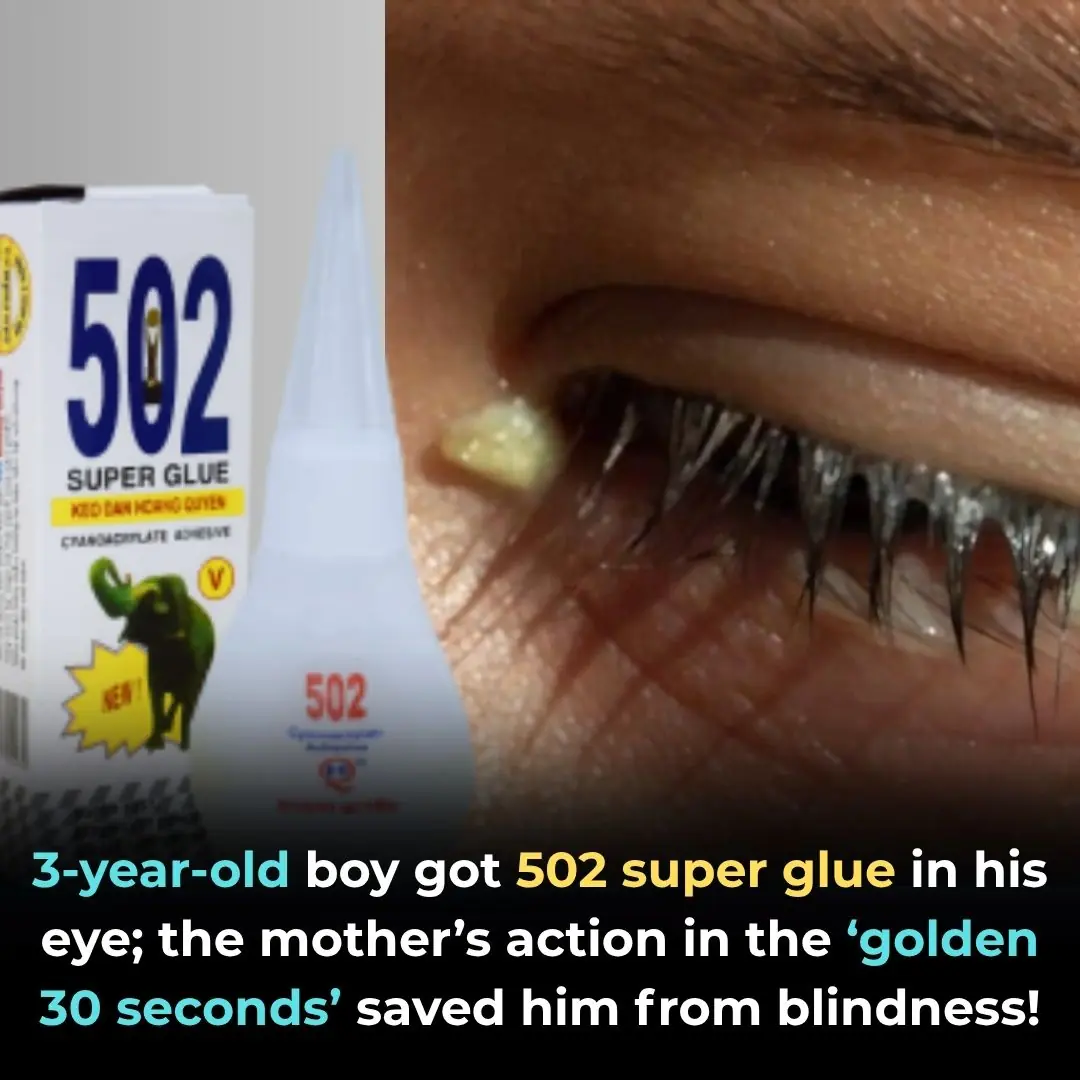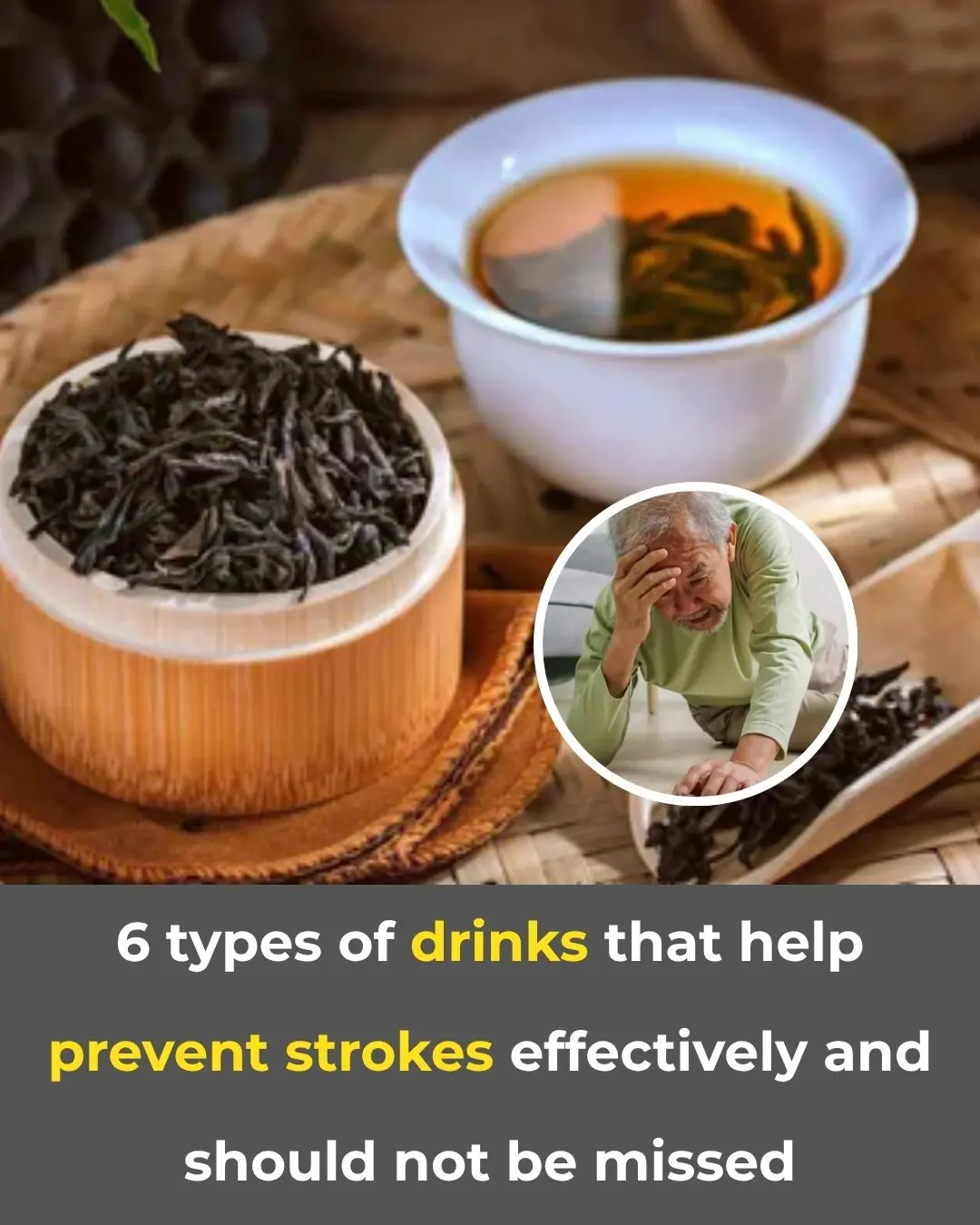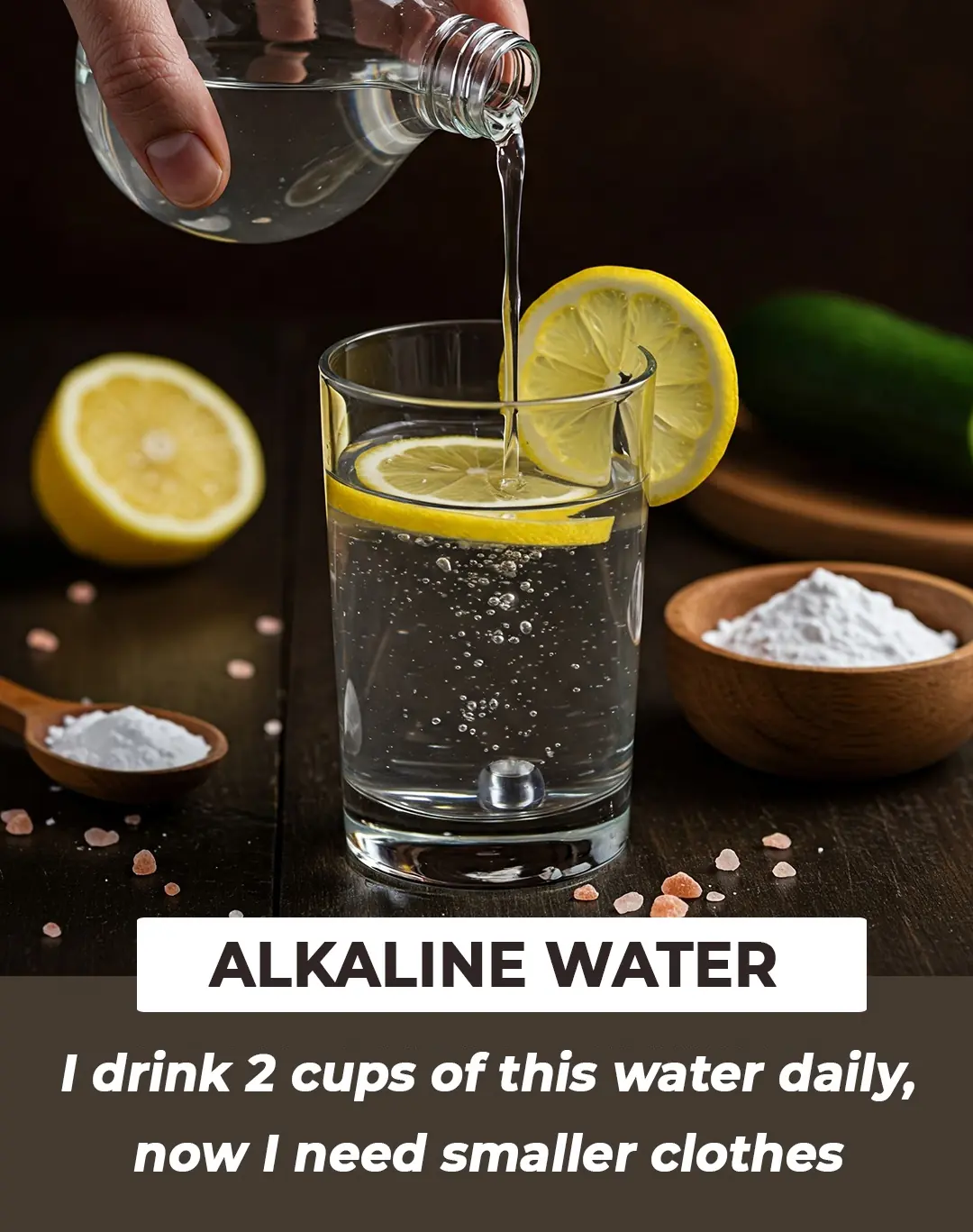
5 Warning Signs of Fish Preserved with Urea – Don’t Take It Home Even If It’s Free
Fish is one of the most nutritious foods, rich in protein, omega-3 fatty acids, and essential minerals that promote heart and brain health. However, in the pursuit of higher profits, some vendors have resorted to using urea—a harmful industrial chemical—to make fish appear fresher for longer periods, deceiving consumers and posing serious health risks (VNExpress, 2024).
According to the World Health Organization (WHO), urea is a nitrogen-based compound commonly used in fertilizers and certain industrial applications, not approved for food preservation. When ingested, it can convert into toxic ammonia, which damages the liver, kidneys, and nervous system (WHO Food Safety Report, 2023).
Here are five clear warning signs that fish may have been soaked or preserved in urea. Even if it’s cheap—or free—avoid bringing it home.
1. An unusually sharp, pungent, or ammonia-like smell
Fresh fish naturally has a light ocean scent or mild freshwater aroma that’s not offensive. Fish soaked in urea, however, emits a strong, acrid, or chemical smell, sometimes resembling urine. This happens because urea breaks down into ammonia, a compound responsible for that sharp odor. If you detect this near the fish’s gills or belly, it’s a major red flag that the fish has been chemically treated (Tuổi Trẻ, 2024).
2. Shiny, overly smooth skin that feels sticky and cold
Fresh fish skin should be moist but slightly rough to the touch. Fish treated with urea often looks artificially glossy, as if coated in oil, and feels unnaturally cold or slippery. The chemical slows down bacterial decomposition and tightens the outer tissue, giving the illusion of freshness. But beneath the surface, the fish’s internal tissues may already be breaking down (Healthline, 2023).
3. Cloudy eyes with a milky film or swelling
The eyes are one of the easiest indicators of freshness. A healthy fish has clear, slightly bulging eyes with distinct pupils. In contrast, urea-soaked fish show white or cloudy films over the eyes, sometimes with swelling or sticky mucus. This occurs because urea alters protein structures in the cells, making them swell and lose their natural transparency (VietnamPlus, 2024).
4. Darkened or dried gills that smell foul
Inspect the gills carefully—they are the “lungs” of the fish and reveal its true condition.
-
Fresh fish: bright red or pinkish gills, slightly moist, with a mild ocean scent.
-
Urea-treated fish: gills appear deep red, brownish, or even black, sometimes dry or sticky, and emit a sour or ammonia-like odor.
Unscrupulous sellers might rinse gills with cold water to mask the color, but when you lift the gill cover, the foul smell becomes obvious (VNExpress, 2024).
5. Soft, mushy flesh with a gray or pale hue
A simple press test can expose spoiled or chemically treated fish. Fresh fish flesh is firm and springs back quickly after pressing. Urea-treated fish, on the other hand, becomes soft, discolored, and loses elasticity. When cut open, the belly may release yellowish or cloudy liquid with a strong odor. This is a telltale sign of protein breakdown caused by chemical soaking.
Health hazards of eating fish preserved with urea
Medical experts warn that urea has no safe threshold for human consumption. Short-term effects include nausea, vomiting, diarrhea, and dizziness. Prolonged exposure can lead to liver and kidney damage, disrupt metabolic functions, and even increase the risk of stomach and liver cancers (WHO, 2023; Healthline, 2023).
Children, pregnant women, and the elderly are especially vulnerable due to weaker detoxification systems. The Vietnam Food Administration has repeatedly advised consumers to avoid fish that appears overly fresh or emits a chemical odor, as these are common signs of illegal preservation (VietnamPlus, 2024).
How to choose safe, fresh fish
To protect yourself and your family:
-
Buy fish only from trusted markets or certified seafood suppliers.
-
Look for fish with bright red gills, clear eyes, and firm flesh.
-
Avoid fish that looks too shiny, smells like ammonia, or feels stiff and rubbery.
-
When in doubt, rinse the fish in diluted salt water for 10–15 minutes—this may help remove surface chemicals, though it cannot neutralize internal toxins.
Bottom line:
Fish is an excellent source of nutrition only when it’s clean and naturally fresh. No discount or free offer is worth risking your health. By learning these five warning signs, you can easily avoid urea-soaked seafood—the hidden “toxic trap” disguised as fresh fish.
News in the same category


Growing Concern Over Visceral Fat — Doctors Recommend 9 Foods to Help Burn It Naturally

‘This Is An Opportunity For You To Get Some Portal Film’ | Deion Sanders’ Ruthless Scrimmage Urging Bench Players To Transfer Angers Fans

Texas Cheerleader Jumps Off Homecoming Float To Save Choking Toddler

Meet Andrea Walls, the Artist Preserving Black Stories Through Photography

5 Tasty Eating Habits That Could Be Silent Cancer Risks for the Whole Family — Avoid Them Now

Do You Need to Unplug Your Rice Cooker After the Rice Is Done?

K Hospital Issues Warning: Daily Consumption of Processed Meats May Increase Cancer Risk – Don’t Ignore It!

Eating Chicken with Sticky Rice Is a Mistake: 5 Classic Food-Combining Errors That 9 out of 10 People Don’t Know

Three Optimal Times to Drink Perilla Leaf (Lá Tía Tô) Tea—And Most People Don’t Know Them

Single Dad Adopts 5 Siblings Under The Age Of Six So They Can Stay Together

21 Year Old Hotel Employee Who Managed 90 Guests Alone During Tropical Storm Is Gifted New Car

Texas Southern University Debate Team Wins 5th World Championship Title

Meet Faith Couch, the Photographer Transforming the Way We See Black Love

People mind-blown by futuristic 'doll house' neighborhood in China home to over 1,000 units

Incredible story of teen who survived 49 days lost at sea on floating fish trap

YouTuber uncovers hidden city under water that's been missing for almost 100 years

'Zombie' volcano believed to be extinct for 710,000 years now showing signs of life

The Secret to Perfectly Sweet and Fluffy Boiled Sweet Potatoes: Add Just One Spoon of This!
News Post

Most people will go their entire lives without ever knowing what the microwave ring cover is actually for

10 Morning Habits That Are Surprisingly Harmful to Your Health

6 Effective Drinks to Help Prevent Stroke – Don’t Overlook These Choices

DENTISTS HATE HOW SIMPLE THIS TEETH WHITENING HACK IS

Juniper: A Comprehensive Guide to Its Benefits and Uses

Unveil Colgate’s Secret for Silky-Smooth Feet

Evergreen Huckleberry (Vaccinium ovatum) – Benefits, Uses, and Growing Guide

A 3-Year-Old Boy Got Super Glue in His Eye — His Mother’s “Golden 30 Seconds” Saved His Sight

Growing Concern Over Visceral Fat — Doctors Recommend 9 Foods to Help Burn It Naturally

7 Amazing Health Benefits of Banana Blossoms

Bryophyllum Calycinum (Kalanchoe Pinnata): Benefits and Uses

Purslane: The Superfood That Tastes Better Than Meat – 7 Reasons to Grow It in Your Garden

7 Benefits of Chewing Raw Garlic on an Empty Stomach

Chayote Remedy: Natural Cure for Pain, Swelling, Blood Pressure & Cholesterol

Alkaline Water – Recipe and Health Benefits for Skin & Hair

Garlic, Honey, and Cloves – a powerful natural remedy packed with health benefits

A Natural Blend of Rosemary, Cloves, and Bay Leaves

Ginger and Orange Detox Drink – Cleanse Kidneys, Liver, and Lungs Naturally

The Purple Maguey Plant — Benefits and Traditional Uses
